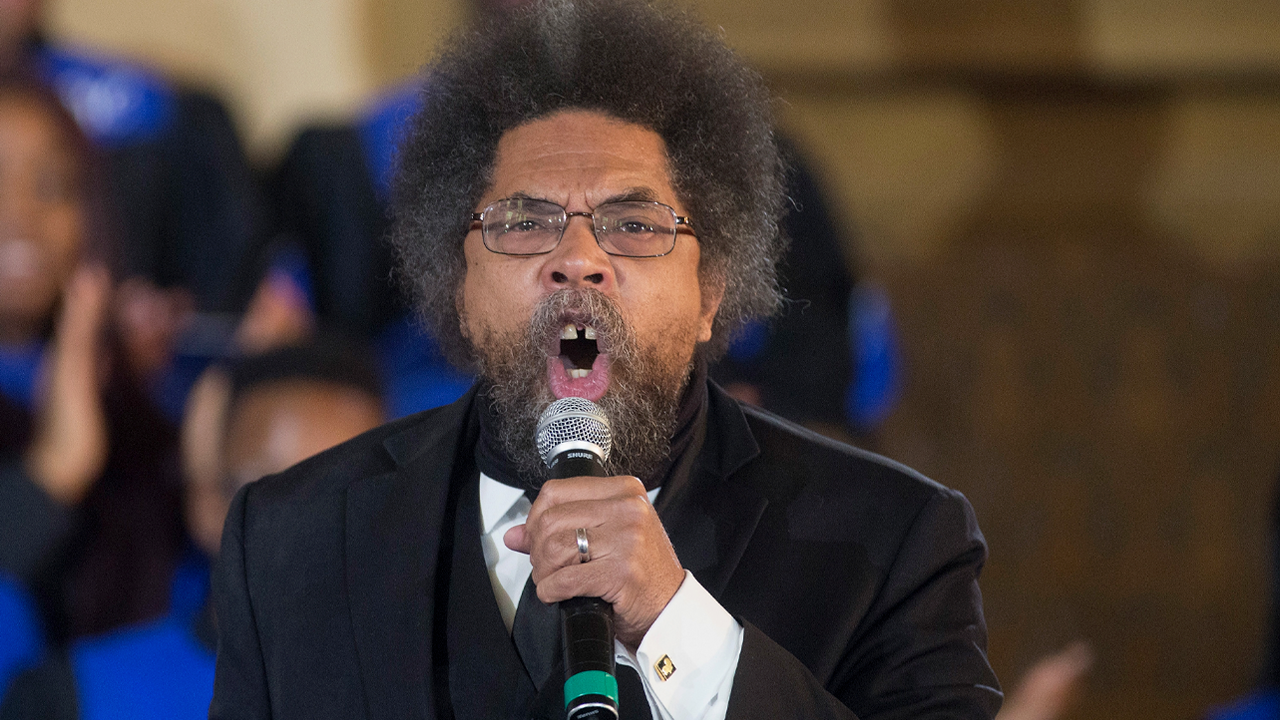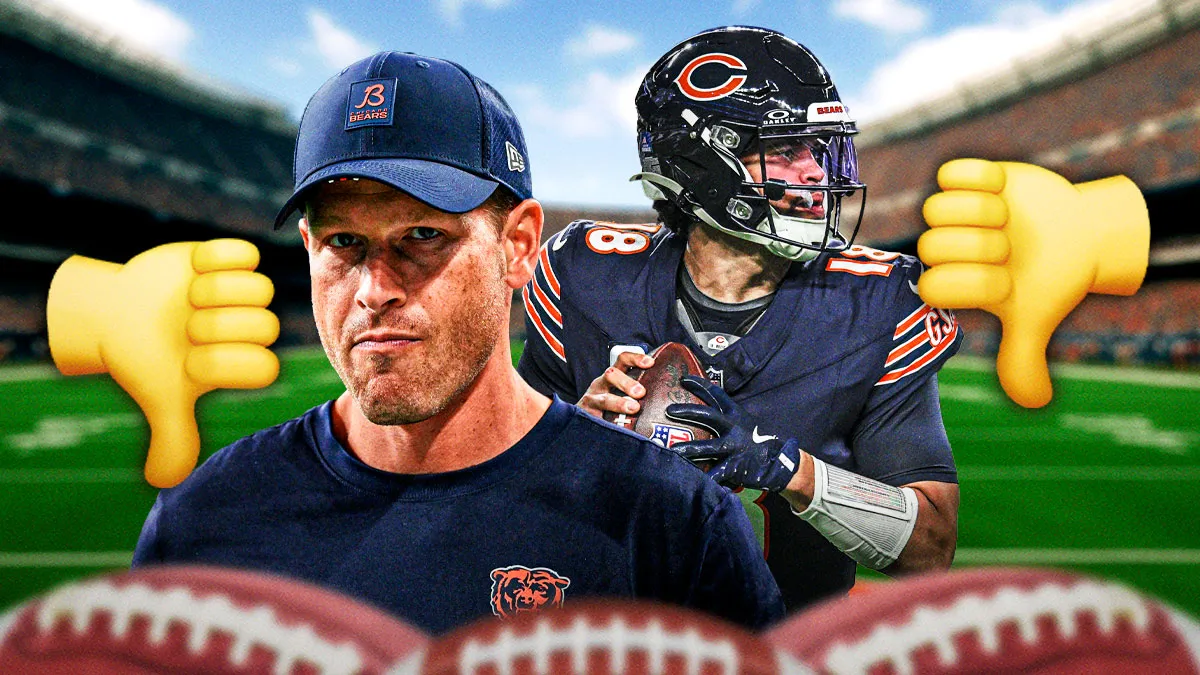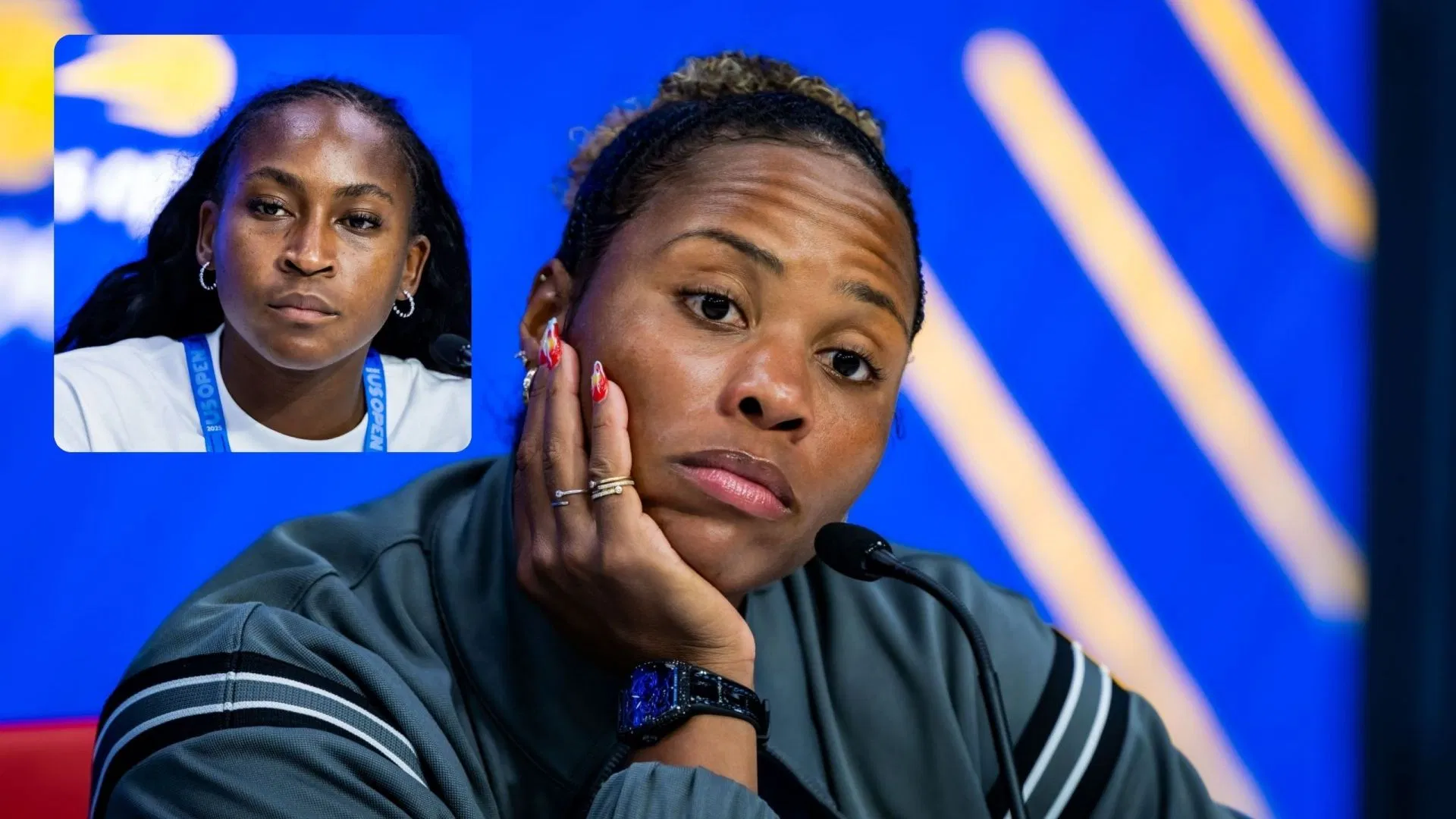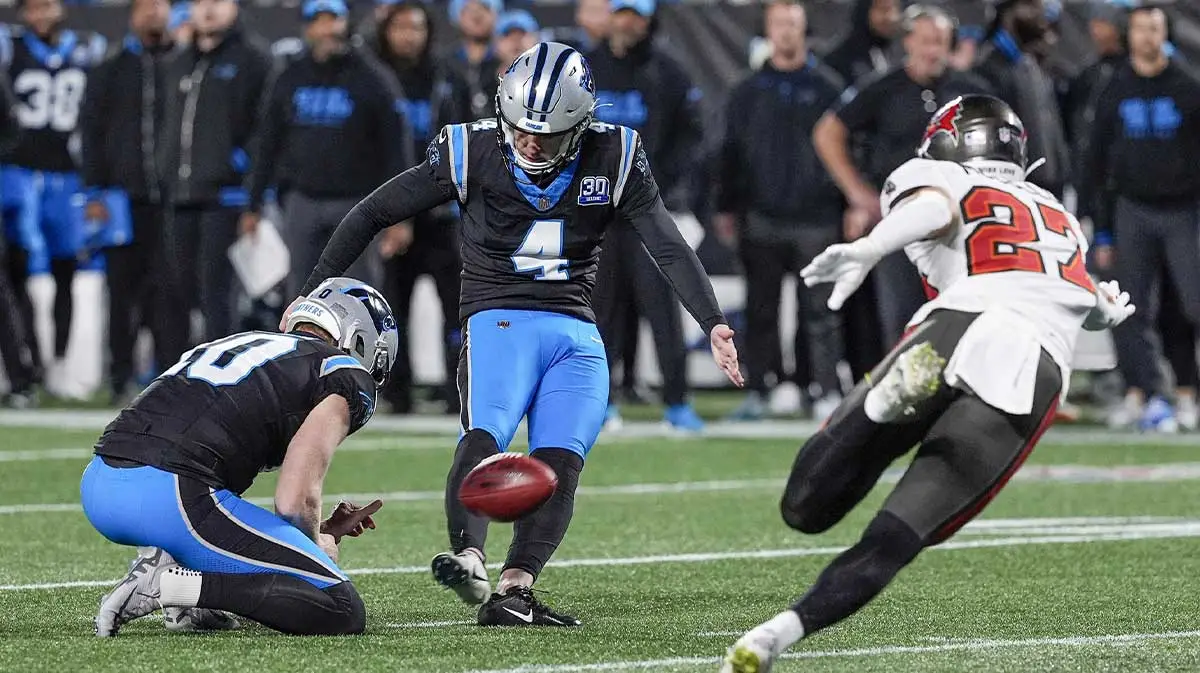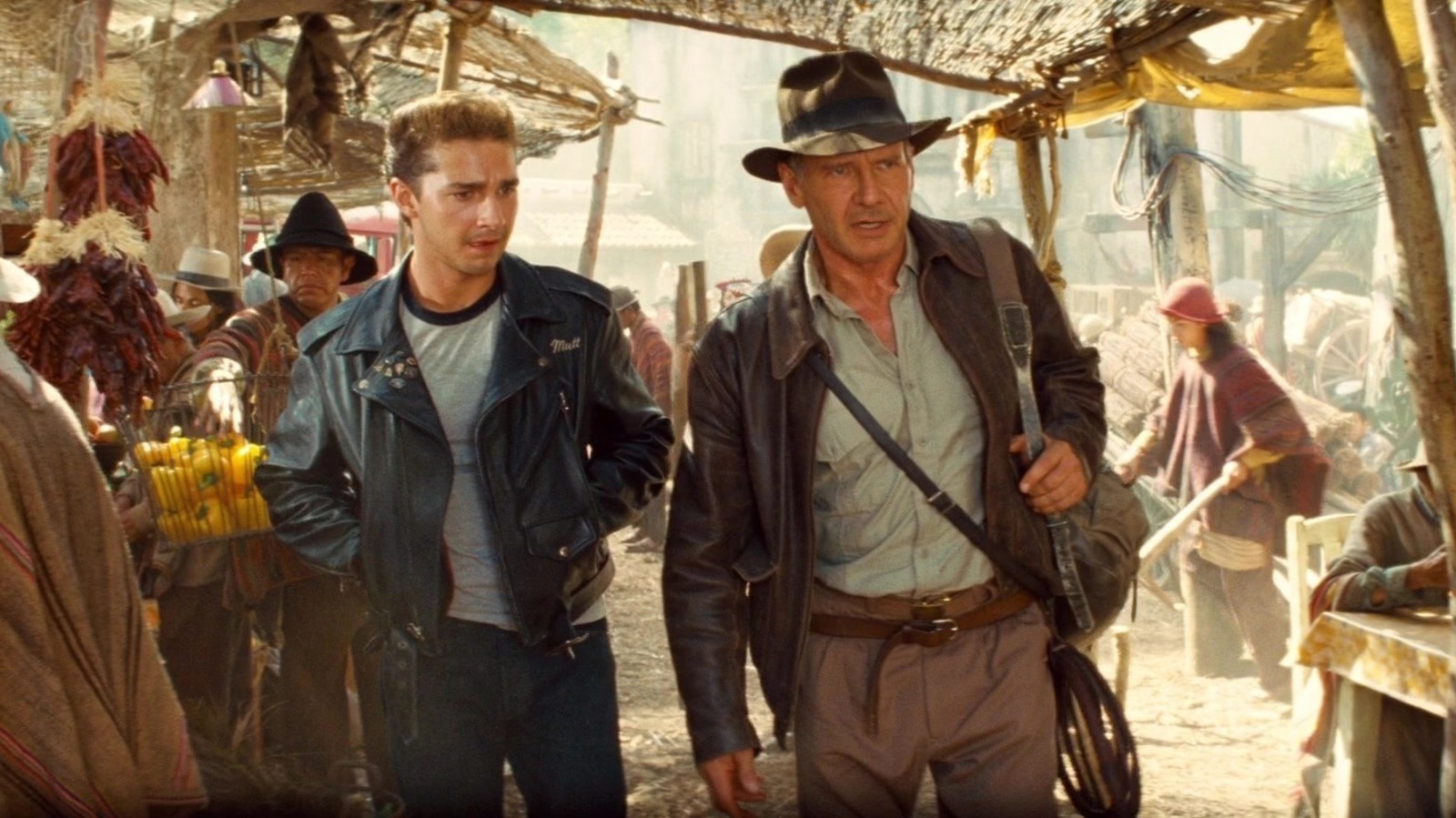
In Steven Spielberg’s 2008 adventure film “Indiana Jones and the Kingdom of the Crystal Skull” (you can read /Film’s ranking of all the “Indiana Jones” movies here), the tenacious archaeologist/adventurer Indiana Jones (Harrison Ford) becomes embroiled in a plot involving a missing acquaintance (John Hurt), the Soviets, and a quest to find the titular crystal skull, an artifact potentially hidden deep in the jungles of Peru. The crystal skull is not a human skull and, as Indy slowly comes to learn, may not even be from planet Earth. Our hero’s globe-trotting skills are useful when traversing the world and trekking into mysterious Peruvian ruins, but he is at a loss when trying to analyze an alien cranium with latent psychic waves wafting off it.
When Indy first arrives in Peru, however, he is still in his element as he speaks to some locals about where to locate his friend. Indy is also traveling with an itinerant greaser named Mutt (Shia LeBoeuf), and Mutt is surprised to hear Indy speaking an unidentifiable language with the natives. Mutt asks what it was, and Indy says it’s the Quechan language, a tongue employed by the Quechan Nation of the American Southwest. The Peruvians don’t speak Quechan, but some of the local natives speak a language that is close enough. Indy is a smart guy, but there’s no way he was idly becoming fluent in the Quechan language in his spare time back in the United States.
When pressed, Indy explains to Mutt that he learned to speak a little Quechan from Peruvian soldiers while he was riding with Pancho Villa as a youth. Mutt is astonished. “You asked,” Indy gruffly returns. He says he was part of the fight against Victoriano Huerta.
Deep-cut Indy fans, however, will already know about the time the character rode with Pancho Villa, the famed Mexican revolutionary, as it was the story told in the very first episode of “The Young Indiana Jones Chronicles.”
For those who don’t remember, “The Young Indiana Jones Chronicles” was a clever anthology series created by George Lucas in 1992. The show, as its title implies, followed the adventures of Henry “Indiana” Jones when he was younger. It was primarily set in two alternating time frames, 1908 and 1916, when Indy was eight years old and 16 years old, respectively. The 10-year-old Indy was played by Corey Carrier, while the teen Indy was played by Sean Patrick Flannery. The series was often bookended by “Old Indy” (George Hall), telling his stories from the present day as an eyepatch-wearing, 93-year-old curmudgeon. The 1916 segments proved to be more popular than the 1908 segments, however, and they eventually took over the bulk of the show.
“The Young Indiana Jones Chronicles” ran for only 28 episodes over its two seasons, and then spun off into four additional TV movies. It caused a minor stir in pop culture when it first debuted, but today it’s largely forgotten and is not considered canonical by many Indy fans.
However, Indy’s mention of Pancho Villa in “Kingdom of the Crystal Skull” at least makes the show’s pilot, “Young Indiana Jones and the Curse of the Jackal,” canon. In the second half of the episode, a 16-year-old Indy was kidnapped into the Mexican revolutionary effort. He was eventually rescued by a Belgian soldier, and the story began to focus on the relationship Indy had with a mysterious bomber named Demetrios, played by Vic Tablian. Incidentally, Tablian also portrayed Barranca, the guy who tried to shoot the adult Indiana Jones right at the beginning of “Raiders of the Lost Ark.” Demetrios himself was the antagonist of the 1908 sections of “Curse of the Jackal,” so naturally, the episode climaxed with a fight between the villain and a 16-year-old Indy.
It’s odd that “The Young Indiana Jones Chronicles” has been so assertively memory-holed. It was a high-profile production at the time and was meant to be a clever way to continue the adventures of Indiana Jones after he and his father rode off into the sunset at the end of “Indiana Jones and the Last Crusade” in 1989. The Indy movies were designed to play like pulpy, 1930s-era adventure serials anyway, so why not make a long-running episode show out of it? And the bifurcated Indy kids allowed Lucas and the series’ other creatives to explore various facets of world history, placing Indy at various vital junctures. In that purview, it makes sense that Indy should have been kidnapped to serve with Pancho Villa.
The original idea for “The Young Indiana Jones Chronicles” was to make an educational show anyway, wherein a kid Indy would learn about history alongside the viewers. It was eventually developed into a straightforward adventure series.
Thanks to the events of “Indiana Jones and the Dial of Destiny,” though, the canonical nature of “Chronicles” is in question. In the TV series, “Old Indy” was 93 in the present day of 1992, implying that Indy was born in 1899. If that’s so, though, why was he already 80 in 1969 when “Dial of Destiny” takes place? Suffice it to say, the chronology is a bit fudged. It’s likely that Lucas has simply never been too concerned with the timeline of the Indiana Jones franchise, either, given this is far from the only somewhat questionable element of the property’s canon.
Be that as it may, the line in “Kingdom of the Crystal Skull” about Indy riding with Pancho Villa at least implies that “The Young Indiana Jones Chronicles” hasn’t been fully swept under the rug.
